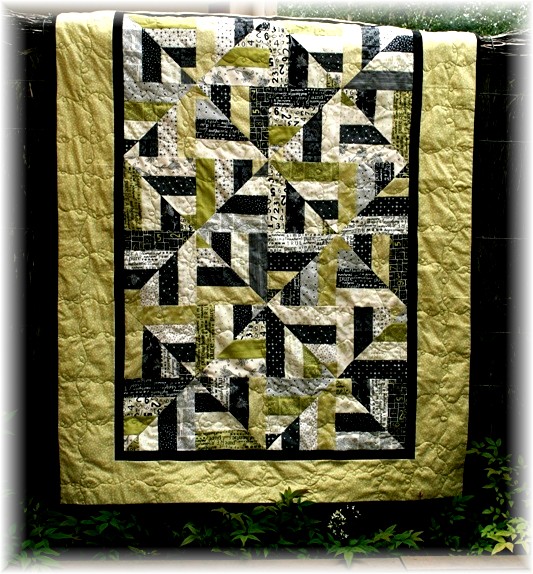 Sewing machine weight is listed on our comparison table but should it really be a concern for beginners in the market for their first machine?
Sewing machine weight is listed on our comparison table but should it really be a concern for beginners in the market for their first machine?
Maybe – here’s our explanation as to why.
Home sewing machines weigh anywhere from 10 to 30 pounds. That’s like comparing a one month old baby to a 2 ½ year old child. Which would you rather carry around?
That leads to question number one. How often are you going to have to carry or move your sewing machine?
Are you going to take it to classes? Do you belong to a sewing club? Do you travel between homes or locations in order to sew? Are you planning on starting an alterations business that might require you take your machine to a client’s location to get the work done. How much machine do you want to lug around with you?
If that were the only consideration, the decision would be easy. “I’ll take the lightest machine possible, please.” However, there are some benefits to a having a heavier sewing machine.
- A heavier sewing machine may be heavier simply because it has more metal than plastic. Many of today’s machines use plastic for the outside shell because it is cheaper and lighter. However, plastic just doesn’t hold up as well as metal so if the weight is due to a greater use of metal in construction of the sewing machine, it’s likely the machine will hold up much longer than one made with more plastic.
- A sewing machine may be heavier because it is larger. A larger machine generally offers a larger work space. This equates to more space for your hands, more space for you to get in and around the sewing machine arm, and more space for larger projects.
- A light weight machine can be toppled or may bounce during sewing when working with heavy projects or large pieces of heavy material. Pile a significant sized quilt section through a 10 pound sewing machine and the machine may jump across the table while you sew while heavier machines tend to stay in place.
If you already know the types of sewing projects you want to try, this will help you understand how important machine weight will be in your selection of a sewing machine. A light weight machine can handle basic mending and light clothes construction easily. However, for quilting, bedding, and large home décor projects with heavy weight material would benefit from a heavier sewing machine.
If you’re going to be doing some quilting, making bedding, or large curtains and drapes, you might want to take several yards of heavy weight fabric to your local sewing machine store and try out various machines to see how well they handle lots of heavy material.
Watch for bouncing and machine movement during sewing. Does the machine slide across the table or feel unstable as the weight of the fabric is pushed forward? If the store has secured the machine to a table or work surface, you may not get a feel for how the sewing machine will really perform in your own home. Check online sewing machine reviews for consumer comments about how the machine handled large projects or heavy material.
Photo Credit: © Cascade Lily
